Do calcium supplements help?
By David Dunaief, M.D.

The prevalence of osteoporosis is increasing, especially as the population ages. Why is this important? Osteoporosis may lead to increased risk of fracture due to a decrease in bone strength (1). That is what we do know. But what about what we think we know?
For decades we have been told that if we want strong bones, we need to drink milk. This has been drilled into our brains since we were toddlers. Milk has calcium and is fortified with vitamin D, so milk could only be helpful, right? Not necessarily.
The data is mixed, but studies indicate that milk may not be as beneficial as we have been led to believe. Even worse, it may be harmful. The operative word here is “may.” We will investigate this further. Vitamin D and calcium are good for us. But do supplements help prevent osteoporosis and subsequent fractures? Again, the data are mixed, but supplements may not be the answer for those who are not deficient.
Does milk help or hurt?
The results of a large, observational study involving men and women in Sweden showed that milk may be harmful (2). When comparing those who consumed three or more cups of milk daily to those who consumed less than one, there was a 93 percent increased risk of mortality in women between the ages of 39 and 74. There was also an indication of increased mortality based on dosage.
For every one glass of milk consumed there was a 15 percent increased risk of death in these women. There was a much smaller, but significant, three percent per glass increased risk of death in men. Women experienced a small, but significant, increased risk of hip fracture, but no in-creased risk in overall fracture risk. There was no increased risk of fracture in men, but there was no benefit either. There were higher levels of biomarkers that indicate oxidative stress and inflammation found in the urine.
This study was 20 years in duration and is eye-opening. We cannot make any decisive conclusions, only associations, since it is not a randomized controlled trial. But it does get you thinking. The researchers surmise that milk has high levels of D-galactose, a simple sugar that may increase inflammation and ultimately contribute to this potentially negative effect, whereas other foods have many-fold lower levels of this substance.
Ironically, the USDA recommends that, from 9 years of age through adulthood, we consume three cups of dairy per day (3). This is interesting, since the results from the previous study showed the negative effects at this recommended level of milk consumption. The USDA may want to rethink these guidelines.
Prior studies show milk may not be beneficial for preventing osteoporotic fractures. Specifically, in a meta-analysis that used data from the Nurses’ Health Study for women and the Health Professionals Follow-up Study for men, neither men nor women saw any benefit from milk consumption in preventing hip fractures (4).
Does calcium help?
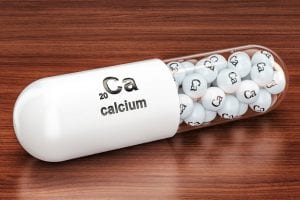
Unfortunately, it is not only milk that may not be beneficial. In a meta-analysis involving a group of observational studies, there was no statistically significant improvement in hip fracture risk in those men or women ingesting at least 300 mg of calcium from supplements and/or food on a daily basis (5).
The researchers did not differentiate the types of foods containing calcium. In a group of randomized controlled trials analyzed in the same study, those taking 800 to 1,600 mg of calcium supplements per day also saw no increased benefit in reducing nonvertebral fractures. In fact, in four clinical trials the researchers actually saw an increase in hip fractures among those who took calcium supplements. A weakness of the large multivaried meta-analyses is that vitamin D baseline levels, exercise and phosphate levels were not taken into account.
What about vitamin D?
Finally, though the data is not always consistent for vitamin D, when it comes to fracture prevention, it appears it may be valuable. In a meta-analysis (involving 11 randomized controlled trials), vitamin D supplementation resulted in a reduction in fractures (6). When patients were given a median dose of 800 IUs (ranging from 792 to 2,000 IUs) of vitamin D daily, there was a significant 14 percent reduction in nonvertebral fractures and an even greater 30 percent reduction in hip fractures in those 65 years and over. However, vitamin D in lower levels showed no significant ability to reduce fracture risk.
Just because something in medicine is a paradigm does not mean it’s correct. Milk may be an ex-ample of this. No definitive statement can be made about calcium, although even in randomized controlled trials with supplements, there seemed to be no significant benefit. Of course, the patients in these trials were not necessarily deficient in calcium or vitamin D.
In order to get benefit from vitamin D supplementation to prevent fracture, patients may need at least 800 IUs per day, which is the Institute of Medicine’s recommended amount for a relatively similar population as in the study.
Remember that studies, though imperfect, are better than tradition alone. Prevention and treatment therefore should be individualized, and deficiency in vitamin D or calcium should usually be treated, of course. Please, talk to your doctor before adding or changing any supplements.
References:
(1) JAMA. 2001;285:785-795. (2) BMJ 2014;349:g6015. (3) health.gov (4) JAMA Pediatr. 2014;168(1):54-60. (5) Am J Clin Nutr. 2007 Dec;86(6):1780-1790. (6) N Engl J Med. 2012 Aug. 2;367(5):481.
Dr. David Dunaief is a speaker, author and local lifestyle medicine physician focusing on the integration of medicine, nutrition, fitness and stress management. For further information, visit www.medicalcompassmd.com.

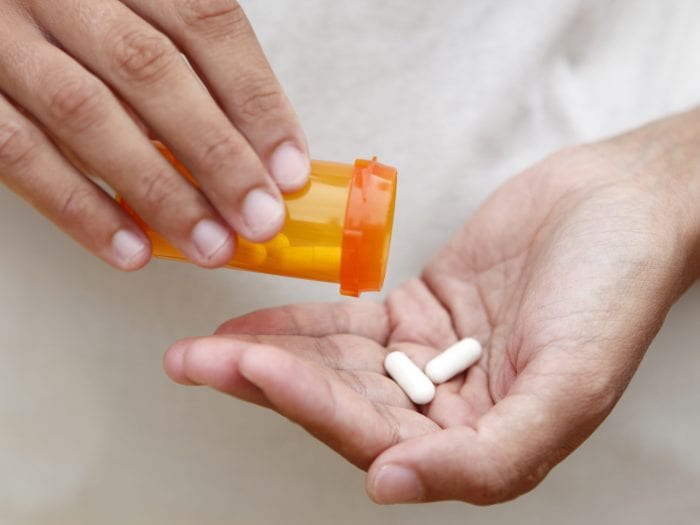
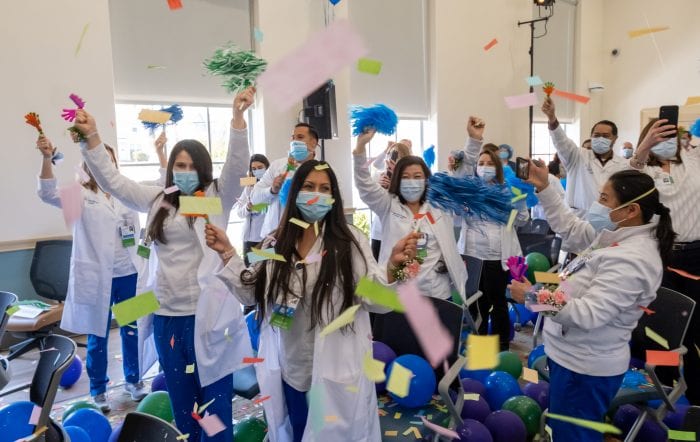
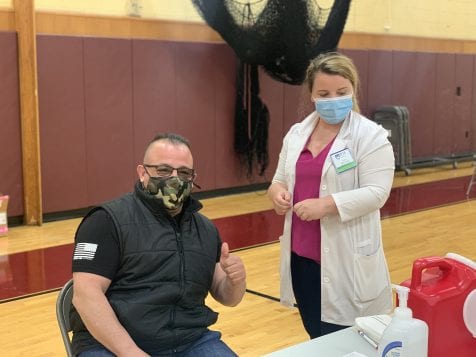
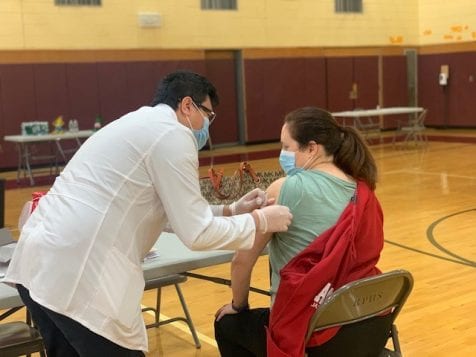
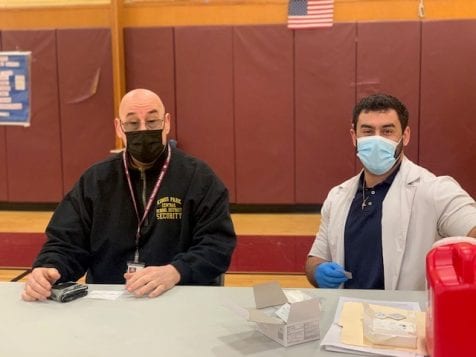
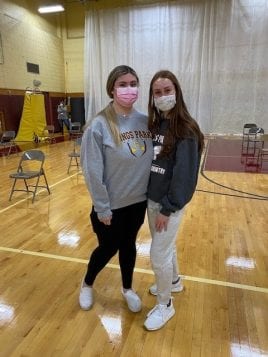
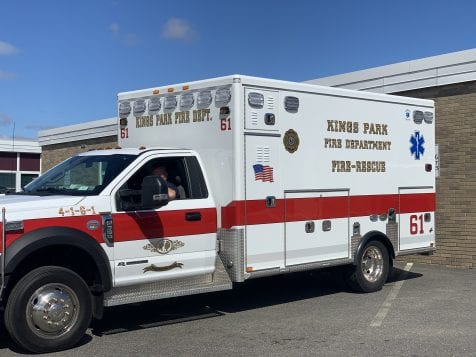
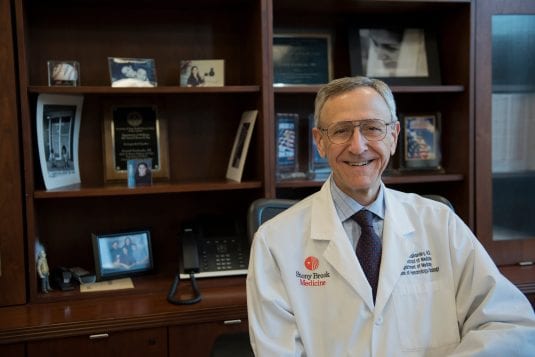

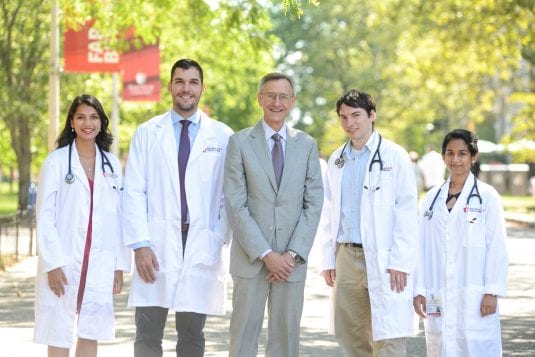
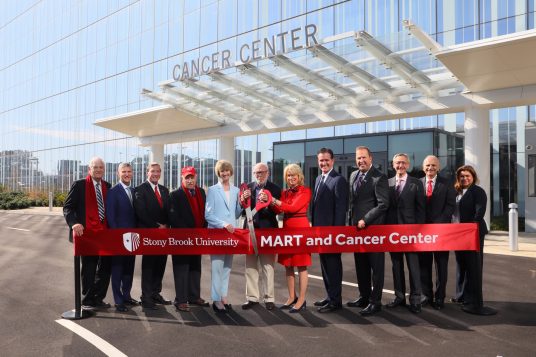

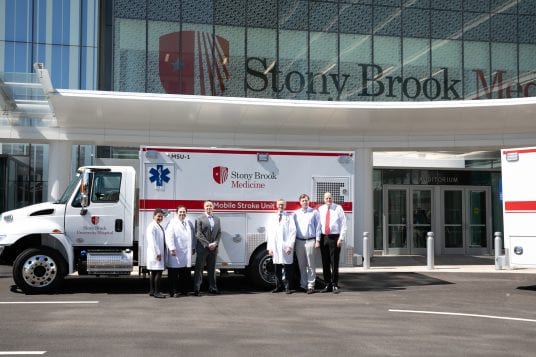
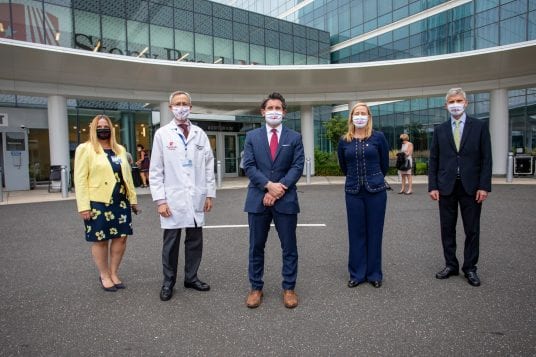
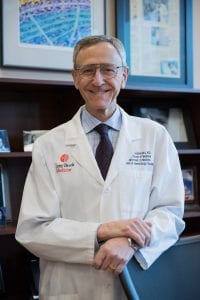





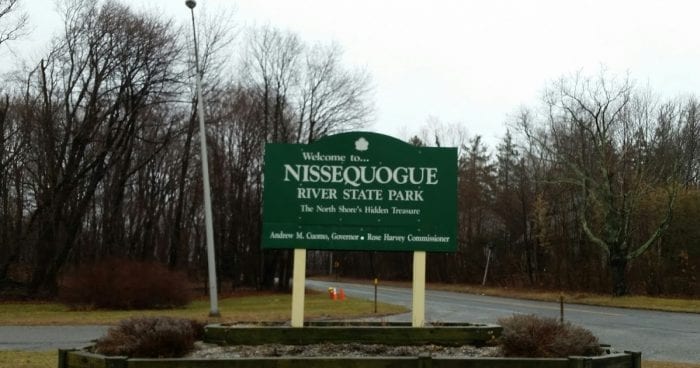
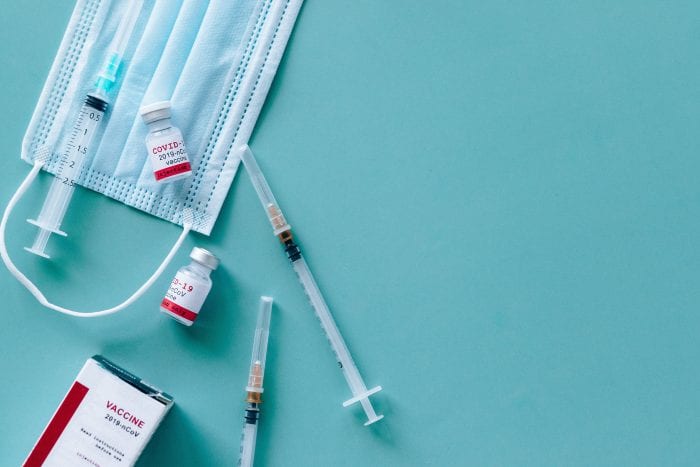


 The extensive health concerns and restrictions of the COVID-19 pandemic have been challenging for everyone, but for people with PD and their care partners who were already tackling the daily challenges of life with PD, the impact has been significant. Now more than ever, it is critical to support, engage and inform the PD community and raise awareness about this disease, and Parkinson’s Disease Awareness Month is a great time to shine a spotlight on this issue.
The extensive health concerns and restrictions of the COVID-19 pandemic have been challenging for everyone, but for people with PD and their care partners who were already tackling the daily challenges of life with PD, the impact has been significant. Now more than ever, it is critical to support, engage and inform the PD community and raise awareness about this disease, and Parkinson’s Disease Awareness Month is a great time to shine a spotlight on this issue.


